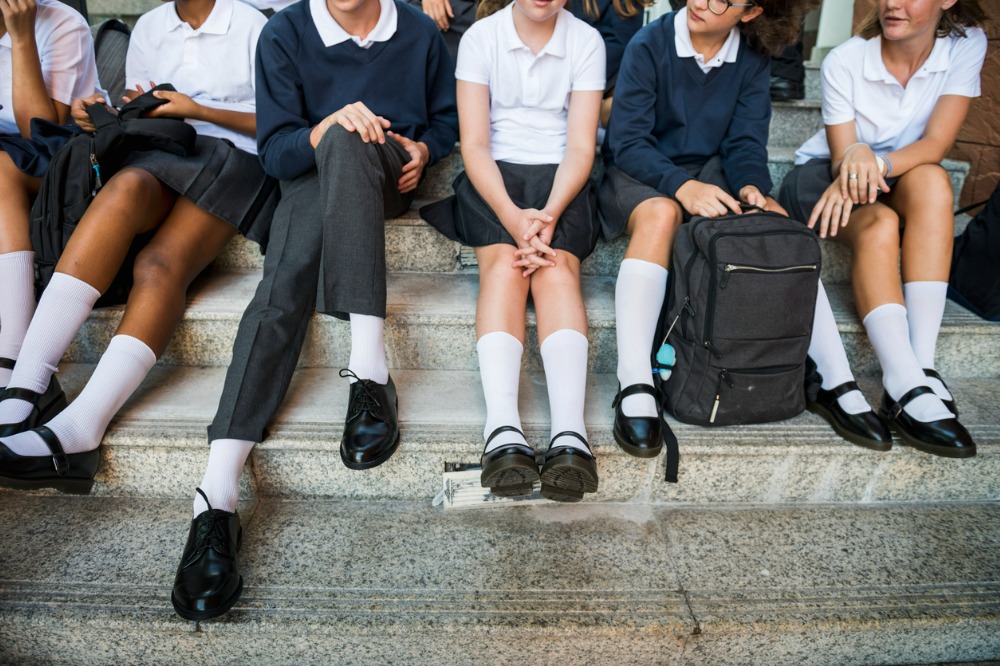
Australia significantly underperforms against most OECD countries when it comes to investing in public schools, new data shows.
The organisation’s latest ‘Education at a Glance’ report shows Australia has the highest level of expenditure on private educational institutions in the OECD, at 0.7% of GDP – more than double the OECD wide average of 0.3% of GDP spent on private schools.
The report also found that Australia spends 3.3% of GDP on public schools, just scraping above the OECD average of 3.2% of GDP. Twelve countries invest more in public education than Australia does (Belgium, Costa Rica, Finland, France, Iceland, Israel, Korea, New Zealand, Norway, Portugal, Sweden and UK).
Correna Haythorpe, president of the Australian Education Union (AEU), said the report was yet another indicator pointing to the urgent need for full and fair funding of public schools across Australia.
“The fact that Australia has the highest level of expenditure on private education which is more than double the OECD-wide average needs to be urgently addressed,” Haythorpe said.
“Funding inequity for Australia’s public schools is a direct result of a deliberate undermining of the Gonski review’s school funding reforms by the Abbott, Turnbull and Morrison Governments.”
The report also found that Australia has the worst record on First Nations attainment when compared to Canada, Mexico, New Zealand and the United States, with a 31% point gap between First Nations and non-Indigenous students. The gap is almost double the next largest in Mexico.
Haythorpe said the data shows that Australia is “a global outlier in its failure to fully fund public education”.
“It’s a shocking position for our country to be in,” she said. “Currently only 1.3% of Australian public schools are funded to meet their Schooling Resource Standard entitlements. That means over 98% of our public schools are not funded to meet the most basic student requirements.”
The good news
However, Professor Simon Leonard, Professorial Lead for Industry Engagement and Career Development at UniSA Education Futures, said that from an Australian perspective, the first thing to note when looking at international comparisons is that the Australian education systems perform well on most measures.
“There is almost always room for improvement but, on the whole, we are fairly typical of the OECD,” Professor Leonard told MCERA.
“The real good news story in this year’s report is the ongoing and rapid increase in women’s participation in higher education. That also appears to be flowing through into young women’s workforce participation.”
However, Professor Leonard cautioned that the gender divisions in different areas remain very strong.
“Women are hugely dominant in education, health and welfare, men much more in engineering and IT.”


